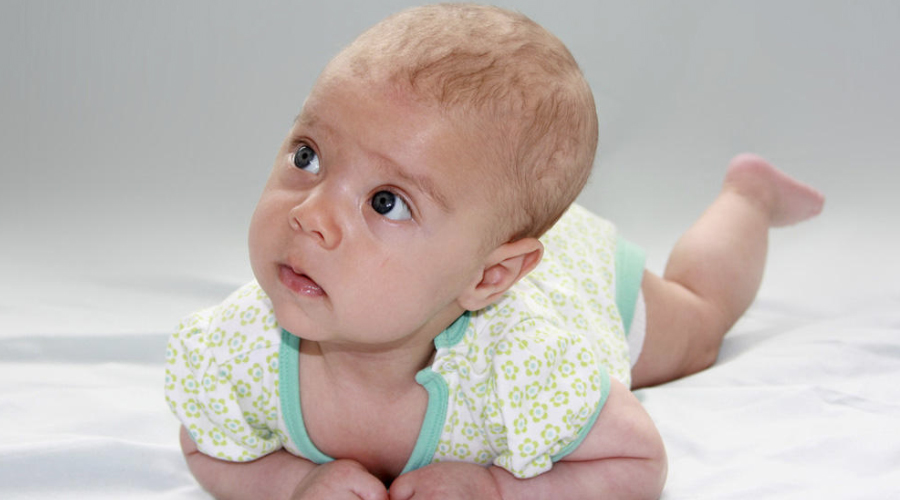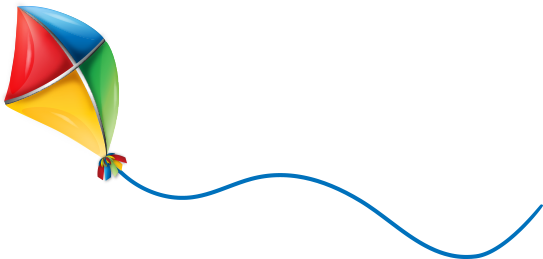Early intervention with children for their gross motor skill aquisition is important for overall development in the young child.
The sooner parents reach out to get strategies and ideas to support milestone acquisition the better. Parents often ask if actions their baby are doing are normal. I have outlined a general overview of behaviors that if demonstrated by your child may warrant further evaluation.
Overall Concerns May Include:
- Significant Birth History
- Torticollis or Plagiocephaly (tilted neck or flattened head)
- Hypertonic or Hypotonic muscles ( stiff or floppy)
- Lack of movement when awake
- Prefers to stand and does not bounce in standing
- Retained reflexes

Three Months:
- Difficulty bringing both hands to midline on their back
- Postures hands in fists with diminished arm movement while on their back
- Pushes head backward into extension
- Stiffened legs with diminished movement while lying on stomach or back
- Difficulty lifting the head while on stomach or on back

Six Months:
- Any of the activities listed above
- Back is slouched in sitting position
- Difficulty lifting head in sitting
- Arches back and or stiffens legs
- Retracts arms and shoulders in high guard position
- Has stiff leg musculature
- Legs flop outward in frog position when lying on their back or stomach
- Will not tolerate tummy time
- Not able to roll
- Unable to bring feet to hands while lying on their back
- Unable to sit with support
- Diminished kicking of legs
- Diminished tolerance to sit
- Unable to sustain sidlye position

Nine Months:
- Any of the activities listed above
- Difficulty getting into quadruped
- Inability to move legs reciprocally
- Inability to weight shift through arms and legs
- Sits primarily in W-sit position
- Diminished ability to weight bear through upper extremities
- Will not/ Can not weight bear on legs
- Difficulty crawling
- Does not use both hands in midline
- Uses only one side of their body
- Poor posture does not sit up straight

Twelve Months:
- Any of the activities listed above
- Difficulty coming to stand due to coming up on toes or hyperextended knees
- Uses arms only to come to stand
- Stiff arm musculature
- Unable to sit independently
- Diminished or lack of desire to climb on objects
- Trouble transitioning between positions: sitting to quadruped and lying down to sitting up
- Difficulty cruising along furnishings
- Difficulty walking with support

Fifteen Months:
- Any of the activities listed above
- Inability to take independent steps
- Difficulty with upright balance
- Toe walking
This is a general overview of areas that may be of concern for your child. An evaluation by a pediatric physical therapist may be valuable to set goals and create strategies and a plan to reach milestones that will enable your child to reach their fullest potential.


